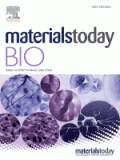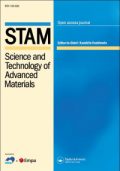BIO X™
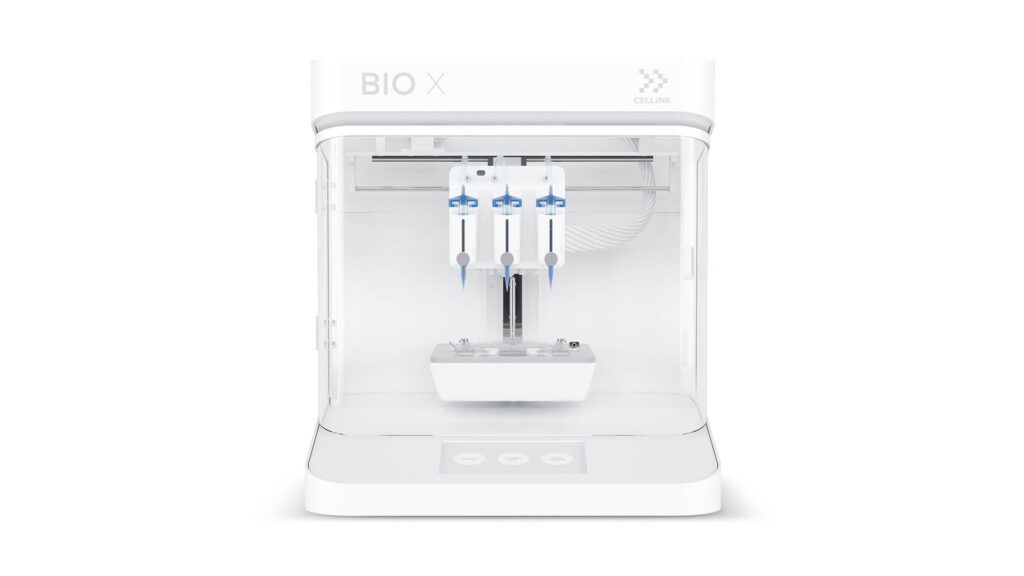
Explore the most user-friendly and flexible bioprinter in the world
While we offer an extensive portfolio of biomaterials, we understand the necessity and importance to make the BIO X compatible with the widest range of biomaterials available.

As part of our patented Clean Chamber Technology, both the BIO X and BIO X6 utilize HEPA filters and built-in UV sterilization, bringing increased cleanliness to the printing chamber and better cell safety.
Our range of intelligent printheads brings users of the BIO X the utmost flexibility and interchangeability. The printheads are developed to suit many different biofabrication projects.
Highlighted Publications
Immerse yourself in some of the most recent publications that demonstrate the power and versatility of the BIO X.
DNA Studio 4 Compatible
Advanced functionality and versatility
Streamline your workflows in a wide range of application areas.
The BIO X’s compatibility with virtually any material makes it the bioprinter of choice for industry leaders at the forefront of today’s biggest scientific breakthroughs. Whether you are automating 3D cell cultures, developing complex tissue constructs or testing new drug compounds, the BIO X 3D bioprinter has the advanced functionality and versatility to streamline workflows in a wide range of application areas.
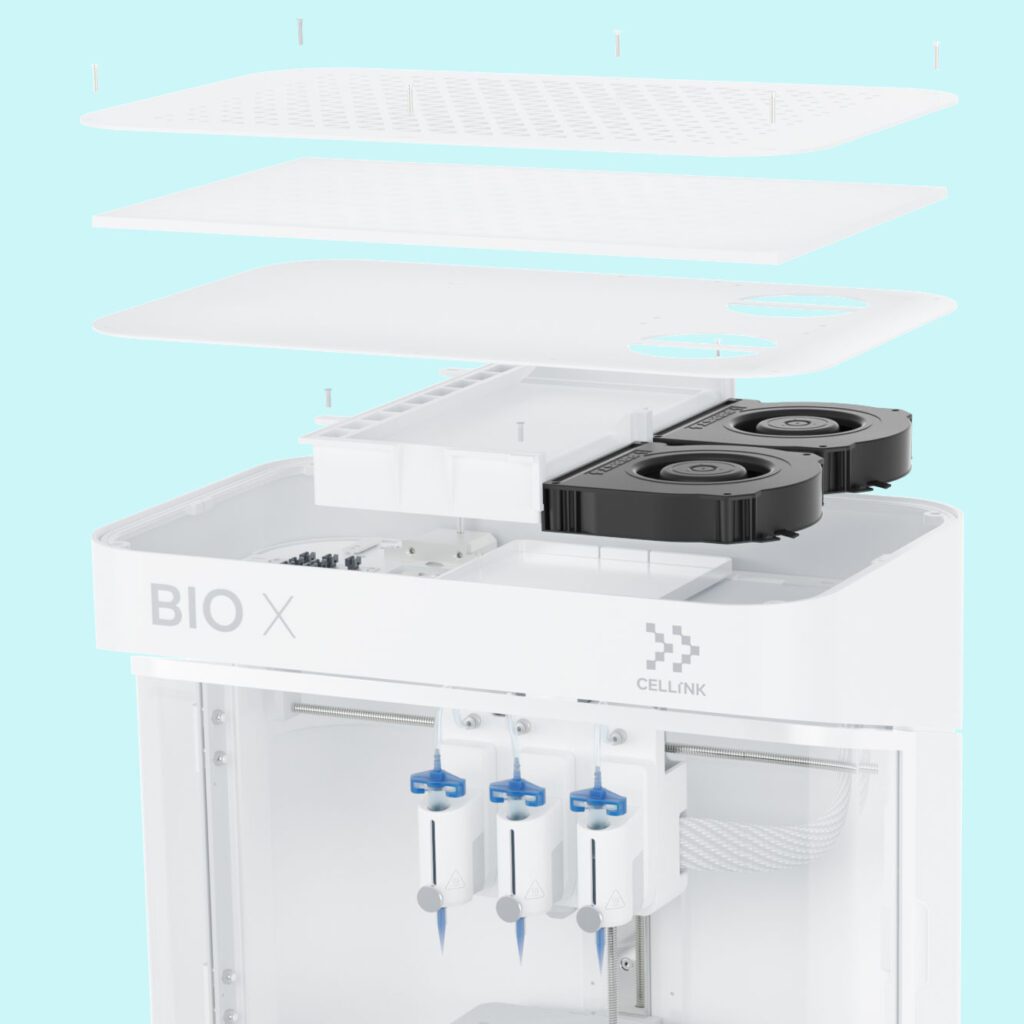
Patented Clean Chamber for better cell safety
Dual high-powered fans channel air through a HEPA H14 filter, designed to remove 99.995% of unwanted particles and microorganisms and a part of the Clean Chamber™ technology, which also includes UV-C germicidal lights and rounded edges.
Initiate Clean Chamber before beginning your experiment to ensure a cleaner environment in the chamber.
Open material platform, bioprint with the widest range of materials
Universal biomaterial compatability
We offer an extensive portfolio of bioinks but understand the importance of material development, which is why we built the BIO X to be an open system that is compatible with the widest range of materials available. Start developing your own bioinks with our high-quality bioink development products or explore our ready-to-print bioinks.
Excellent temperature control
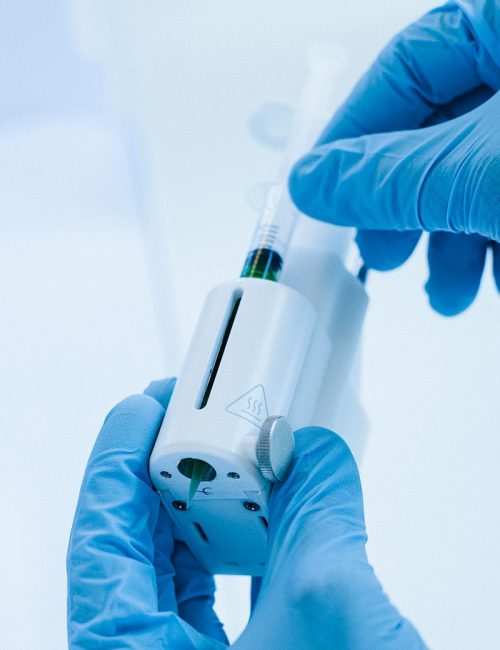
Grow your research with multiple, interchangeable, Intelligent Printheads
BIO X is the first 3D bioprinter in the world with Intelligent Printheads (iPH), ensuring your research is always at the forefront.
With an ever-growing list of Intelligent Printheads, the possibilities are limitless, giving you more freedom to push your research further. Our family of intelligent printheads is always growing. Each printhead system is made to suit different biofabrication application, which helps ensure the best possible result for your 3D bioprint.
Designed to do even more
The BIO X’s exceptional features maximize versatility to enhance your success in the following application areas and beyond.
Three-dimensional cell cultures offer multiple advantages over 2D cell cultures, including the precise geometrical arrangement of multicellular constructs that can better recapitulate the native 3D human physiology. Extrusion-based bioprinters such as the BIO X offers great flexibility when designing 3D cell culture systems, as they allow researchers to precisely control geometries and the spatial patterning of cells and other biomaterials.
The merger of bioprinting and microfluidics opens the door to on-demand and personalized organ-on-a-chip models and may replace many preclinical steps in future drug trials. The BIO X, combined with microfluidic systems like the VasKit perfusion system allow for complex organ-chip models; and multi-printhead technology can be used in a one-step fabrication design with spatial heterogeneity of tissues.
The BIO X allows for 3D bioprinting with up to three printheads, enabling multi-material and multi-cell flixbility during small and large tissue engineering. The world’s your oyster.

Reducing the barriers to purchase
Select from our various financing options, or reach out to learn more about refurbished options for a sustainable option to get started with your bioprinting.
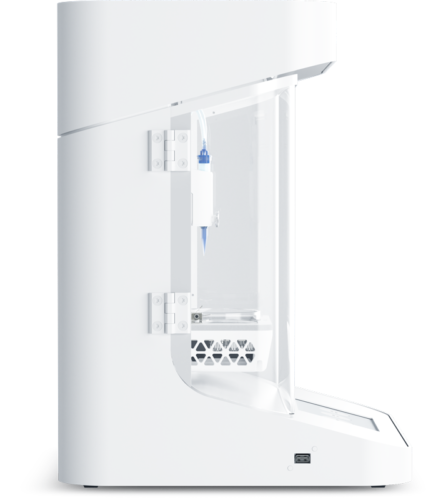
Technical specifications
| Outer Dimensions (L x W x H) | 484 mm x 441 mm x 365 mm |
| Weight | 18.4 kg (40.56 lbs) |
| Build Volume | 128 mm x 85 mm x 60 mm |
| Build Surface Compatibility | Multi-well plates, petri dishes, glass slides |
| Theoretical Resolution XY | 1 μm |
| Theoretical Layer Resolution | 1 μm |
| Pressure Range (internal pump) | 0-200 kPa |
| Pressure Range (external air supply) | 0-700 kPa |
| Printhead Slots | 3 |
| Photocuring Sources (built-in) | 365 nm, 405 nm, 485 nm, 520 nm |
| Printbed Temperature Range | 4-65 °C (lowest temperature 17 °C below chamber temperature) |
| Printhead Temperature Range | 4-250 °C (printhead specific) |
| Filter Class, Chamber Air-flow | HEPA 14 |
| UV-Sterilization | UV-C (275 nm) |
| Calibration Options | Manual and Automatic |
| User Interface | Integrated touchscreen display, Desktop application DNA Studio |
| OS Compatibility | Windows |
| Connectivity | Ethernet |
| Supported File Formats | .gcode, .stl, .amf, .3mf, .obj |
